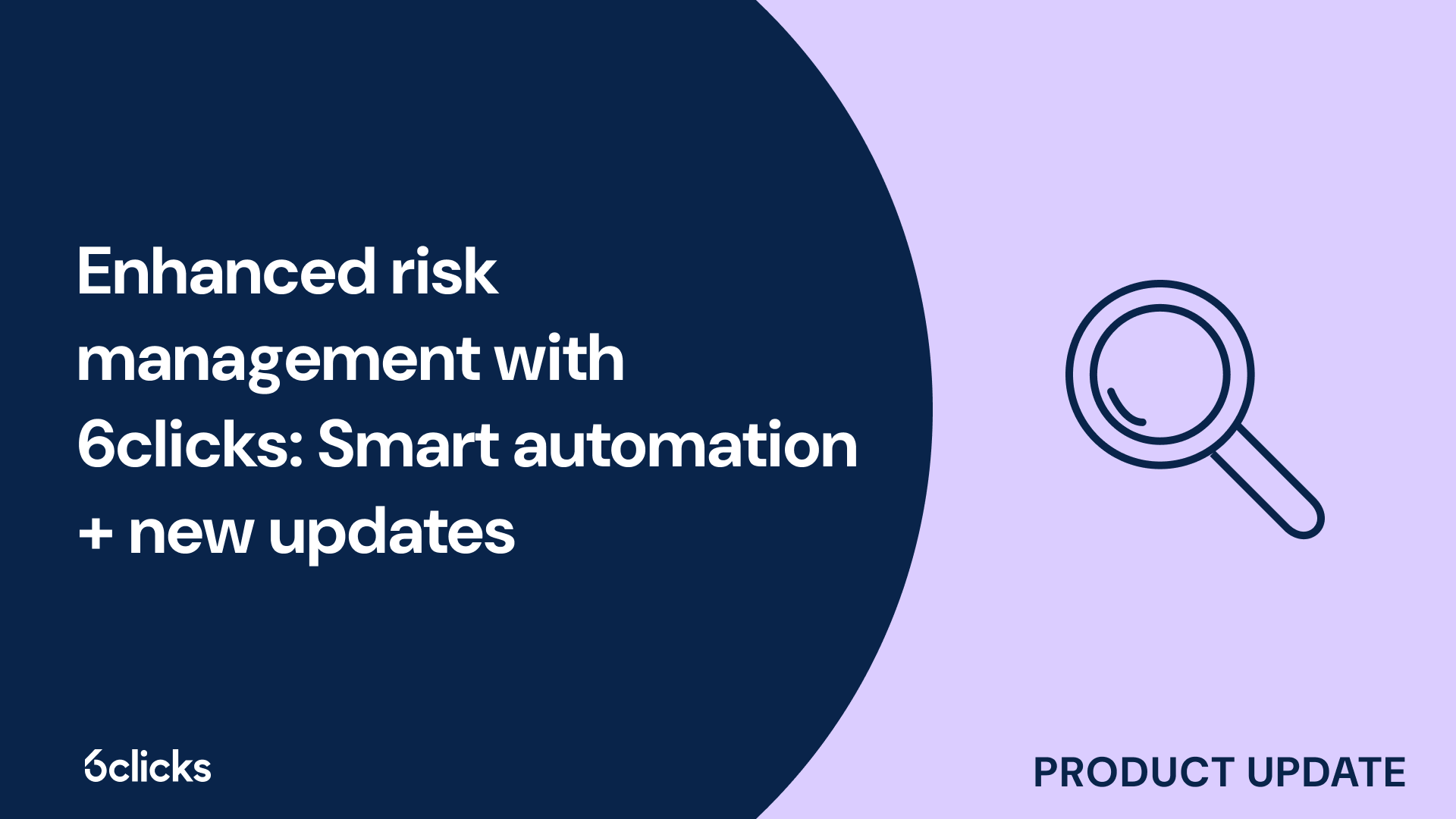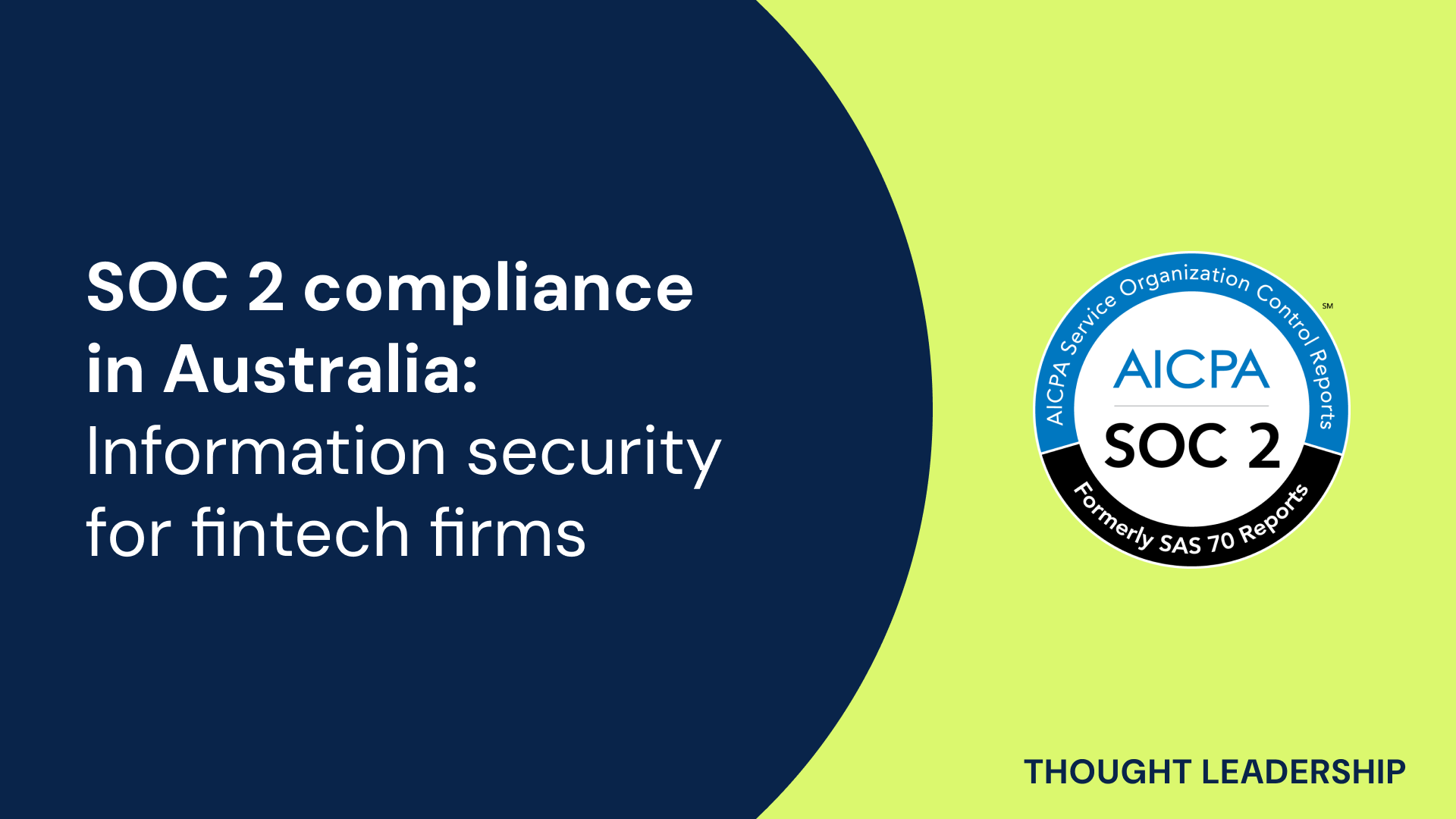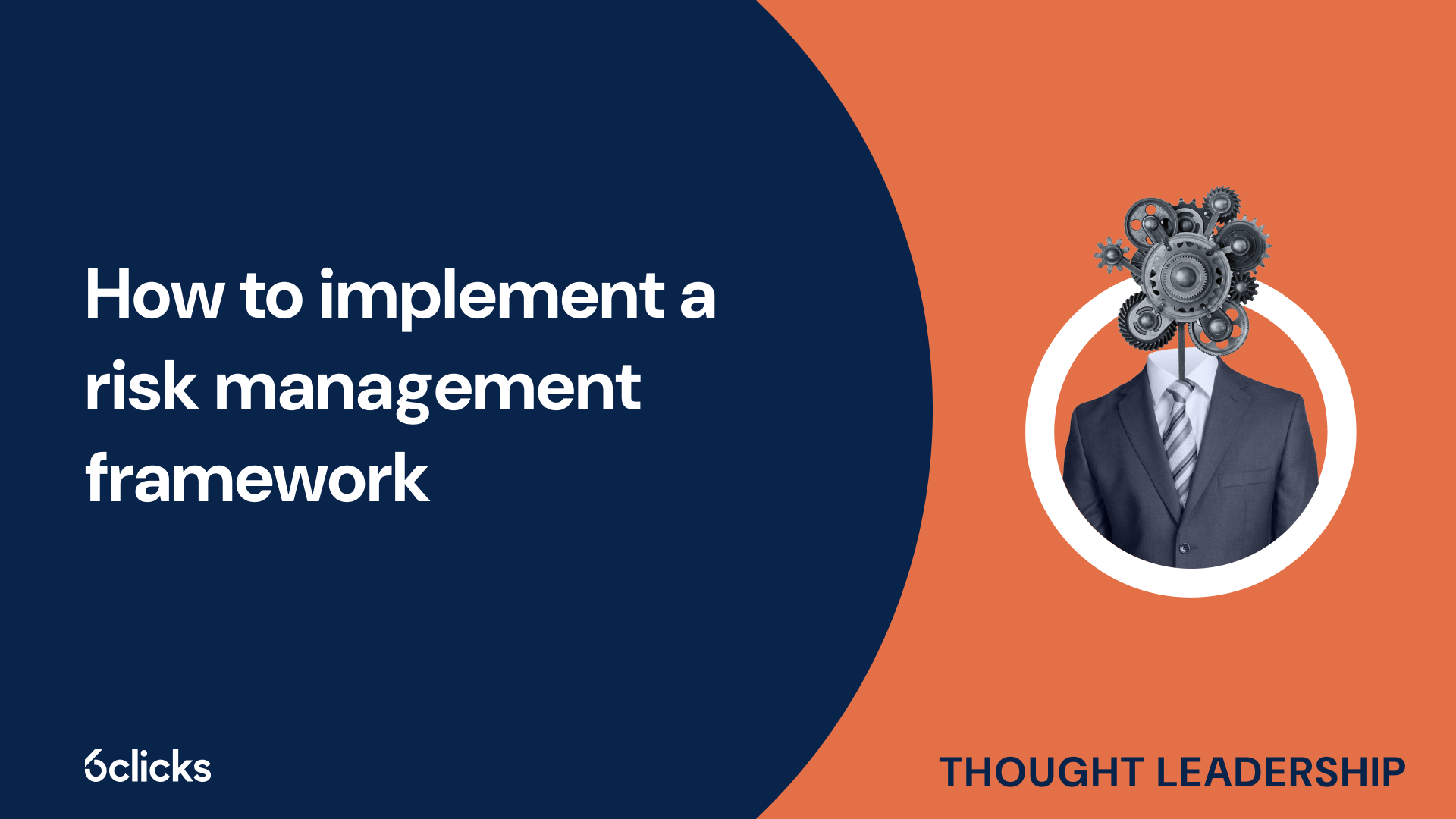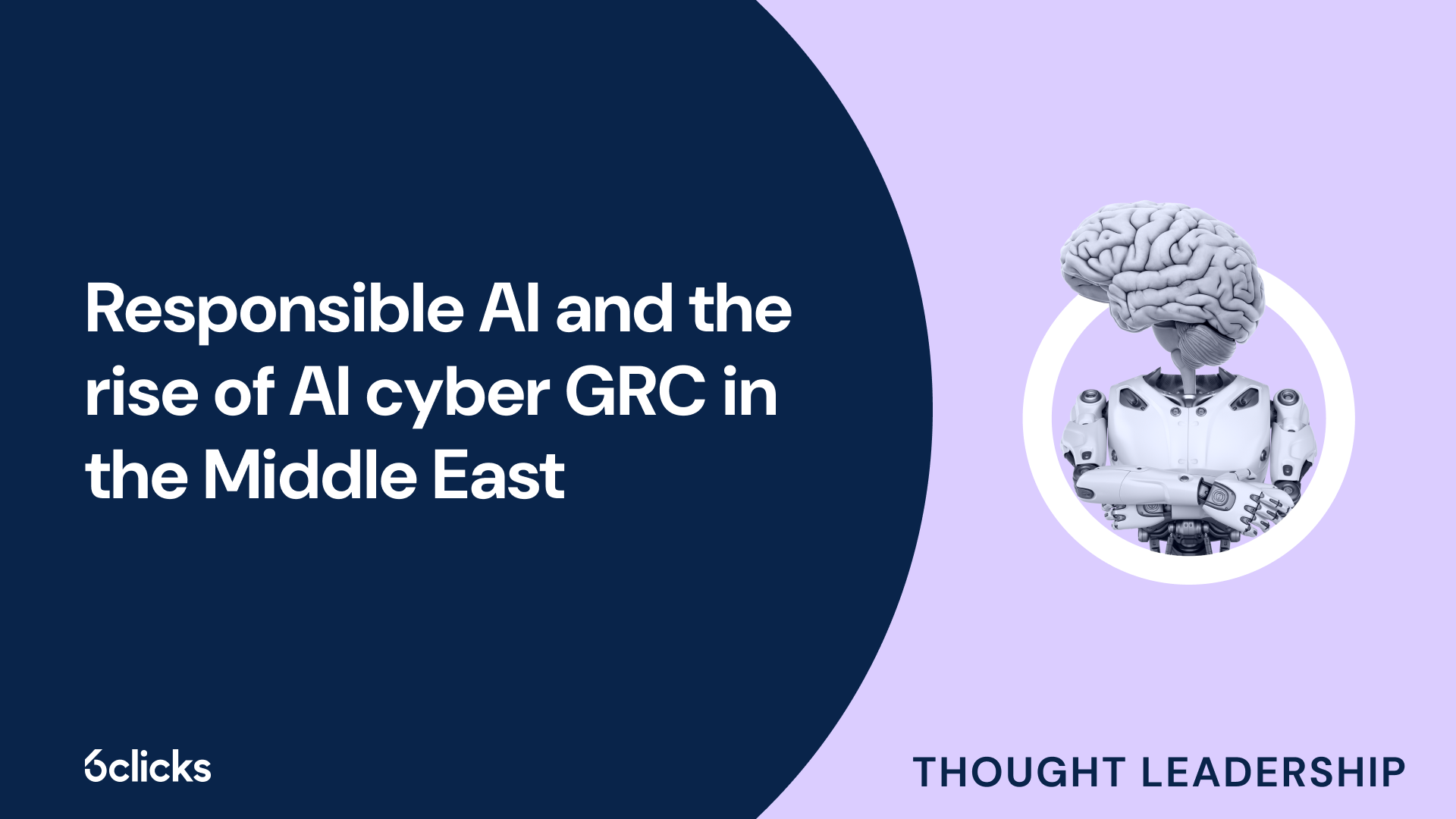The GRC buyer’s guide for 2025: Building resilience with AI-powered, federated solutions
Discover the ultimate GRC buyer's guide for 2025! Uncover how AI-powered, federated solutions transform compliance and security management for industries like government, aerospace, banking, and more. Learn about centralized control, continuous compliance, and advanced cyber GRC capabilities. Download now!
-1.png?width=200&height=249&name=Group%20193%20(1)-1.png)
The GRC buyer’s guide for 2025: Building resilience with AI-powered, federated solutions
Definition of threat agents
Threat agents, also known as threat actors, are individuals or entities that pose a risk to the security and integrity of computer systems, networks, and data. These threat agents can be categorized into various types based on their motives, capabilities, and level of sophistication. Understanding these types is crucial for organizations to effectively identify, assess, and mitigate potential risks and vulnerabilities.
1. External Threat Agents:
External threat agents are individuals or groups that originate from outside the target organization. They can include hacker groups, cybercriminal organizations, and state-sponsored actors. These threat agents often employ a variety of attack techniques, such as phishing attacks, malware distribution, and exploiting vulnerabilities in software and systems. Their motives may range from financial gain to political or ideological reasons.
2. Internal Threat Agents:
Internal threat agents are individuals within the target organization who have authorized access to systems and data. These can include disgruntled employees, contractors, or even trusted individuals who have been compromised or coerced. Internal threat agents pose a significant risk as they have privileged access and can misuse their position to steal sensitive information, cause system disruptions, or sabotage the organization's operations.
3. Human Error:
While not intentional threat agents, human errors and mistakes can lead to significant cybersecurity incidents. Negligent or uninformed individuals can inadvertently expose sensitive data, fall victim to social engineering attacks, or unknowingly introduce malware into the organization's systems. Training and awareness programs are essential to mitigate this type of threat and educate employees about best practices for cybersecurity.
Overview of three types of threat agents
There are three main types of threat agents that organizations need to be aware of in order to protect their systems and data: hackers, organized crime groups, and nation-state actors.
Hackers are individuals or groups who possess technical expertise and use their knowledge to gain unauthorized access to computer systems and networks. Their motivations can vary from curiosity and thrill-seeking to financial gain or even political activism. Hackers employ various tactics, such as exploiting vulnerabilities in software, launching phishing attacks, or using malicious software like malware and ransomware to compromise systems and steal sensitive data.
Organized crime groups are criminal organizations that engage in illegal activities for financial gain. These groups often have sophisticated resources and capabilities, making them a significant threat to organizations. Their motivations are primarily monetary, and they may target organizations to steal intellectual property, trade secrets, or personal financial information. They may employ tactics like social engineering, insider cooperation, and advanced hacking techniques to achieve their goals.
Nation-state actors are government-sponsored entities that conduct cyber espionage or cyber warfare activities. They are usually highly advanced and well-funded, making their capabilities difficult to defend against. Their motivations can include political, economic, or military objectives. Nation-state actors employ a wide range of tactics, including zero-day exploits, malware attacks, and social engineering campaigns, to infiltrate target systems and gather intelligence or disrupt critical infrastructure.
Understanding these different types of threat agents is crucial for organizations to develop effective security measures and protect their systems and data from potential cyber threats.
Type 1: hackers
Hackers are individuals or groups who possess technical expertise and use their knowledge to gain unauthorized access to computer systems and networks. They are driven by various motivations, ranging from curiosity and thrill-seeking to financial gain or even political activism. With their advanced skills, hackers can exploit vulnerabilities in software, launch phishing attacks, or deploy malicious software like malware and ransomware to compromise systems and steal sensitive data. They constantly evolve their tactics and techniques to stay one step ahead of security measures and have the potential to cause significant damage to individuals, organizations, and even entire nations. It is crucial for individuals and businesses to remain vigilant and implement robust security measures to protect against hackers and their malicious activities.
Definition
A threat agent is an individual or group that carries out malicious activities with the intent of causing harm to a target organization or individual in the cyber domain. These threat agents play a crucial role in the constantly evolving landscape of cyber threats.
There are three main types of threat agents: hackers, organized crime groups, and nation-state actors. Hackers are individuals skilled in exploiting vulnerabilities in computer systems to gain unauthorized access, steal sensitive data, or disrupt network operations. Their motivations can vary, ranging from seeking personal fame in the hacking community to financial gain through identity theft or ransomware attacks.
Organized crime groups are criminal organizations that engage in cybercrime for financial purposes. They target organizations to steal valuable intellectual property, trade secrets, or sensitive customer data. Their motivation is usually driven by monetary gain, and they employ advanced tactics such as phishing attacks, exploit kits, and zero-day exploits to achieve their goals.
On the other hand, nation-state actors are government-sponsored threat agents who conduct cyber attacks to gain political, economic, or military advantages. Their motivation is often related to national security interests, espionage, or advancing geopolitical goals. Nation-state actors have significant resources and advanced methodologies, including sophisticated malware, social engineering tactics, and privileged access to target systems.
By understanding the motivations, goals, and tactics used by these threat agents, organizations can effectively implement security measures and develop proactive strategies to counter potential cyber threats. From investing in robust security systems to educating employees about social engineering techniques, staying vigilant is crucial in defending against these types of threat actors.
Motivations and goals
Different types of threat actors, including hackers, organized crime groups, and nation-state actors, have varying motivations and goals in their malicious activities.
Hackers, individuals skilled in exploiting vulnerabilities, may be motivated by various factors. Some seek personal fame or notoriety within the hacking community, using their skills to gain unauthorized access and disrupt network operations of target organizations. Others are driven by financial gain, aiming to steal sensitive data or execute ransomware attacks to demand payment. Additionally, some hackers may be motivated by curiosity and the desire to conduct research or uncover security flaws.
Organized crime groups engage in cybercrime primarily for financial purposes. Their goal is to profit from stealing valuable intellectual property, trade secrets, or customer data. These groups employ advanced tactics such as phishing attacks, exploit kits, and zero-day exploits to infiltrate target organizations. Their motivation is rooted in monetary gain and they are willing to use any means necessary to achieve their goals.
Nation-state actors, often government-sponsored, conduct cyber attacks with political, economic, or military motivations. Their actions are driven by national security interests, espionage, or advancing geopolitical goals. These threat actors have significant resources and employ sophisticated methodologies, including the use of advanced malware, social engineering tactics, and privileged access to target systems.
Tactics used
Tactics used by threat agents vary widely depending on their objectives and motivations. One common tactic employed by threat actors is phishing attacks, where they send deceptive emails or messages to trick individuals into revealing sensitive information, such as login credentials or financial details. Social engineering is another tactic used, which involves manipulating people through psychological manipulation or deception to gain unauthorized access or obtain confidential information.
Exploit kits are also utilized by threat actors, which are pre-packaged software tools that facilitate the exploitation of known vulnerabilities in software or systems. These kits automate the process of identifying and exploiting vulnerabilities, making it easier and faster for attackers to gain unauthorized access.
Unauthorized access is a tactic used by threat actors to infiltrate systems or networks without proper authorization. They may attempt to exploit weak passwords, bypass security controls, or take advantage of unpatched vulnerabilities to gain entry.
Examples
There are several notable examples of threat agents that have made headlines in recent years. One such threat actor is the Lazarus Group, believed to be based in North Korea. This group is known for targeting financial institutions, primarily aiming to steal money through sophisticated cyber attacks. Notable attacks attributed to Lazarus Group include the 2014 Sony Pictures hack and the 2016 Bangladesh Bank heist.
Another prominent threat agent is Fancy Bear, a cyber espionage group linked to the Russian government. Fancy Bear, also known as APT28, focuses on stealing sensitive information from various sectors, including government entities, military organizations, and media outlets. They were responsible for the 2016 Democratic National Committee (DNC) hack, which had significant political implications.
Cobalt Group, on the other hand, is a criminal organization involved in financially motivated attacks. They target financial institutions and other industries for monetary gain. Cobalt Group is best known for their involvement in the Carbanak campaign, which targeted banks worldwide and resulted in losses totaling hundreds of millions of dollars.
These examples illustrate the diverse origins, targets, and significant attacks carried out by various threat agents in the cyber threat landscape. It's crucial for organizations to stay vigilant and implement robust security measures to defend against these actors and their malicious activities.
Type 2: organized crime groups
Organized crime groups are a significant threat agent in the world of cybersecurity. These groups operate with the primary goal of financial gain and carry out various malicious activities to achieve their objectives. They often target financial institutions, businesses, and individuals, seeking to exploit vulnerabilities and steal valuable information or money. Organized crime groups have sophisticated techniques and extensive resources, allowing them to carry out large-scale attacks that can have severe consequences. From sophisticated hacking campaigns to ransomware attacks and credit card fraud, these groups pose a significant threat to individuals and organizations alike. To combat this type of threat actor, stringent security measures and constant vigilance are crucial.
Definition
of Threat Agents and Three Types of Threat Actors.
Threat agents, also known as threat actors, are individuals or entities that possess the capability to exploit vulnerabilities and engage in malicious activities with the intent to compromise the security of an organization's information assets or critical infrastructure. These threat actors may have different motivations and objectives, ranging from financial gain to political or ideological motivations.
There are several types of threat actors that organizations need to be aware of and defend against in today's cyber threat landscape.
- Nation-State Actors: These threat actors are sponsored or supported by governments and typically have significant resources, advanced capabilities, and intelligence backing. Nation-state actors often target other countries' critical infrastructure, intellectual property, trade secrets, and government entities for political or economic gains.
- Organized Crime Groups: These threat actors are criminal organizations that operate globally and engage in cybercrime to generate profits. They may target individuals, businesses, or institutions for financial gains through activities such as ransomware attacks, phishing campaigns, or theft of sensitive information.
- Insider Threat Actors: Insiders are individuals who have authorized access to an organization's systems, networks, or data, but misuse or abuse their privileges for malicious purposes. Insider threat actors can include disgruntled employees, contractors, or partners who may intentionally or unintentionally cause harm to an organization's security posture by leaking sensitive information or carrying out sabotage.
It is essential for organizations to understand these types of threat actors and implement robust security measures and systems to safeguard against cyber threats. By staying vigilant and investing in threat intelligence and security teams, organizations can effectively mitigate the risks posed by threat agents in today's digital landscape.
Motivations and goals
Threat actors, whether they are nation-state actors, organized crime groups, or insider threats, are driven by various motivations and goals. Understanding these motivations is crucial in order to effectively defend against their malicious activities.
One common motivation for threat actors is financial gain. Cybercriminals belonging to organized crime groups often engage in activities such as ransomware attacks, phishing campaigns, or theft of sensitive information with the intention of generating profits. Their goal is to exploit vulnerabilities and extort money from individuals or organizations.
Another motivation for threat actors is political causes. Nation-state actors, backed by governments, may target critical infrastructure, intellectual property, or government entities of other countries for political or economic gains. Their objectives include espionage, disruption, or exerting influence on other nations.
Research can also drive threat actors. Some individuals, often referred to as 'white hat hackers,' may engage in cyber attacks to test security measures or identify vulnerabilities in systems. Their goal is to contribute to the improvement of cybersecurity by exposing weaknesses.
Motivations for threat actors can also include personal reasons such as fun, revenge, or notoriety. Some individuals may engage in malicious activities simply for the thrill of it or to seek revenge against a specific organization or individual. Others may strive for notoriety or attention by carrying out high-profile cyber attacks.
It is important to note that these motivations are not mutually exclusive, and threat actors may have overlapping goals. For example, a nation-state actor may target a critical infrastructure not only for political reasons but also for financial gain or to gain an advantage over other nations.
By understanding the motivations and goals of threat actors, organizations can better anticipate and defend against potential cyber threats. Implementing robust security measures and staying vigilant are essential to mitigating the risks posed by these malicious actors.
Tactics used
Threat agents, including hackers, organized crime groups, and nation-state actors, employ various tactics to carry out their malicious activities.
Hackers, for instance, often use malicious code and exploit kits to take advantage of vulnerabilities in computer systems and software. They may inject malware, such as viruses or ransomware, into targeted systems, compromising their security and allowing them to gain unauthorized access or steal sensitive information.
Organized crime groups, on the other hand, commonly rely on social engineering tactics to exploit weaknesses in security systems. They may use phishing emails or phone calls to deceive individuals into divulging sensitive information, such as login credentials or financial details. By leveraging social engineering techniques, these groups can gain unauthorized access to networks and perpetrate fraud, identity theft, or financial crimes.
Nation-state actors, backed by governments, employ advanced techniques for espionage and cyber warfare. They conduct sophisticated and targeted attacks to gather intelligence, disrupt operations, or manipulate information. These actors may use zero-day exploits, which are vulnerabilities unknown to the software developers, to gain entry into systems, or they may engage in advanced persistent threats (APTs) to maintain long-term access and conduct covert activities.
Examples
Examples of threat actors can vary in terms of their origins, operating since, targets, techniques/tools used, and significant attacks. One notable threat actor is the Lazarus Group, a cybercriminal organization believed to have ties to North Korea. This group has been active since at least 2009 and is known for targeting financial institutions, cryptocurrency exchanges, and government organizations. They employ various techniques such as spear-phishing, watering hole attacks, and malware campaigns to infiltrate their targets. One of their significant attacks includes the 2014 Sony Pictures hack, which resulted in the leaking of sensitive company data and embarrassing emails.
Another example is the Fancy Bear, a state-sponsored threat actor believed to be associated with the Russian government. This group, also known as APT28 or Sofacy, has been operating since at least 2008 and primarily targets government entities, military organizations, and defense contractors. Fancy Bear employs various techniques including spear-phishing, zero-day exploits, and credential theft to gain unauthorized access to systems. Notable attacks attributed to Fancy Bear include the hacking of the Democratic National Committee during the 2016 U.S. presidential election.
Cobalt Group, also known as Carbanak, is an organized crime group that primarily targets financial institutions. Since its emergence in 2013, Cobalt Group has been responsible for numerous high-profile attacks, often using tactics such as spear-phishing and social engineering to gain initial access. Once inside a target network, they utilize various tools and techniques to move laterally and initiate fraudulent transactions. Notable attacks associated with Cobalt Group include the theft of over $1 billion from banks worldwide.
These examples highlight the diverse nature of threat actors, their motives, and the range of techniques and tools they employ to carry out their malicious activities.
Type 3: nation-state actors
Nation-state actors are a highly sophisticated and well-resourced type of threat agent that pose a significant risk to national security and critical infrastructure. These threat actors are typically backed by governments and use their resources to conduct cyber attacks for political, economic, or military purposes. Nation-state actors have the ability to develop and deploy advanced cyber tools and techniques, often targeting government agencies, military organizations, and industries related to national defense or economic competitiveness. Their attacks can include the use of zero-day exploits, advanced persistent threats (APTs), and social engineering tactics. These threat actors are motivated by strategic interests and can cause widespread damage and disruption to their targets. Organizations must employ robust security measures and collaborate with national cybersecurity agencies to defend against nation-state actors.
Definition
Threat agents, also known as threat actors, are individuals or entities that intentionally cause harm or pose a risk to the cyber sphere. These entities exploit vulnerabilities in computer systems, networks, and digital platforms in pursuit of malicious activities.
Threat agents can take various forms and can include individuals, criminal organizations, nation-state actors, and even insiders within an organization. They utilize different techniques and methods, such as phishing attacks, the deployment of malicious software, and social engineering, to infiltrate and compromise the security of targeted systems.
Their actions may have serious consequences, ranging from financial losses to the compromise of critical infrastructure and even the compromise of national security.
It is crucial to understand the different types of threat agents to effectively counter cyber threats. Advanced security measures, security systems, and threat intelligence are essential in mitigating the risks posed by these entities. Therefore, organizations must proactively monitor and strengthen their security posture to deter, detect, and respond to the ever-evolving threat landscape.
Motivations and goals
Threat actors, including hackers, organized crime groups, and nation-state actors, have distinct motivations and goals that drive their actions. Hackers are often motivated by the desire for recognition, challenge, or even revenge. They may seek to prove their skills by breaching security systems or gaining unauthorized access to sensitive information.
Organized crime groups, on the other hand, are primarily motivated by financial gain. They engage in various cybercriminal activities, such as identity theft, ransomware attacks, and credit card fraud, with the aim of profiting from their illicit activities. Their goals may include stealing personal and financial information, conducting financial fraud, or extorting victims through ransomware attacks.
Nation-state actors have a different set of motivations and goals. They are typically supported by a nation-state and often operate with political or strategic objectives in mind. Their motivations can vary from intellectual property theft, espionage, influencing elections, or even disrupting critical infrastructure.
Despite their different motivations and goals, these threat actors may overlap in their tactics. For example, hackers and organized crime groups may collaborate to deploy sophisticated attacks or share resources and knowledge. Nation-state actors may also employ tactics used by cybercriminals to achieve their political or strategic objectives.
Understanding the motivations and goals of threat actors is crucial for organizations and security teams. It allows them to anticipate and respond effectively to cyber threats, implement appropriate security measures, and safeguard their critical assets from malicious activities.








